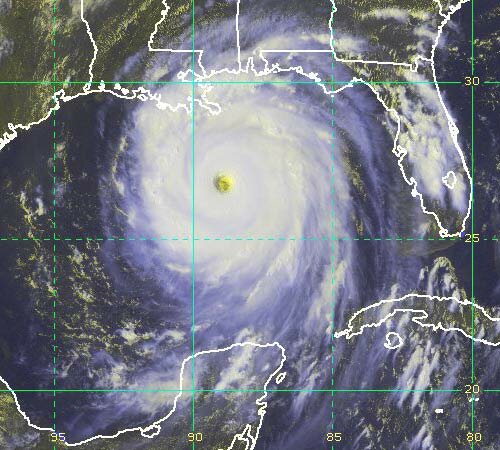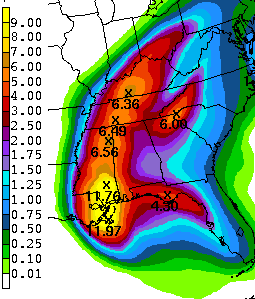Labor Day Weekend: Donate to Katrina Relief
Thursday, September 1st, 2005Over the last few days, it has become obvious that the destruction caused by Katrina to New Orleans, Mississippi, and the Gulf Coast has gone from bad to worse. The Internet Community is responding by declaring September 1st through 5th as Hurricane Katrina Blog for Relief Weekend.
The idea is that each blogger will recommend a charity for donations to Katrina relief. In my case, I’m recommending the Atlanta Red Cross. If you would like to make a donation, click here. I have made a generous donation, and I encourage you to donate what you can.
If you prefer, you can select another charity for your contribution; Instapundit maintains a comprehensive list.
Hurricane Katrina is going to rank as one of the worst natural disasters ever to hit the United States. You just don’t think of Americans being called refugees. The Atlanta area is already becoming a major destination for people fleeing the wrath of Katrina. Several hundred sick and injured people from New Orleans hospitals were flown into Dobbins Air Force Base today, and will be taken care of by Atlanta area hospitals. Colleges and universities in Georgia have announced they will accept students that were planning to attend school in the storm affected area.
People in Gwinnett will certainly make their contribution to the Katrina relief effort. You can help by making a contribution to the Atlanta Red Cross.
Technorati categories: flood aid and hurricane katrina
If you make a contribution, make sure you log it here.
Sphere: Related Content


